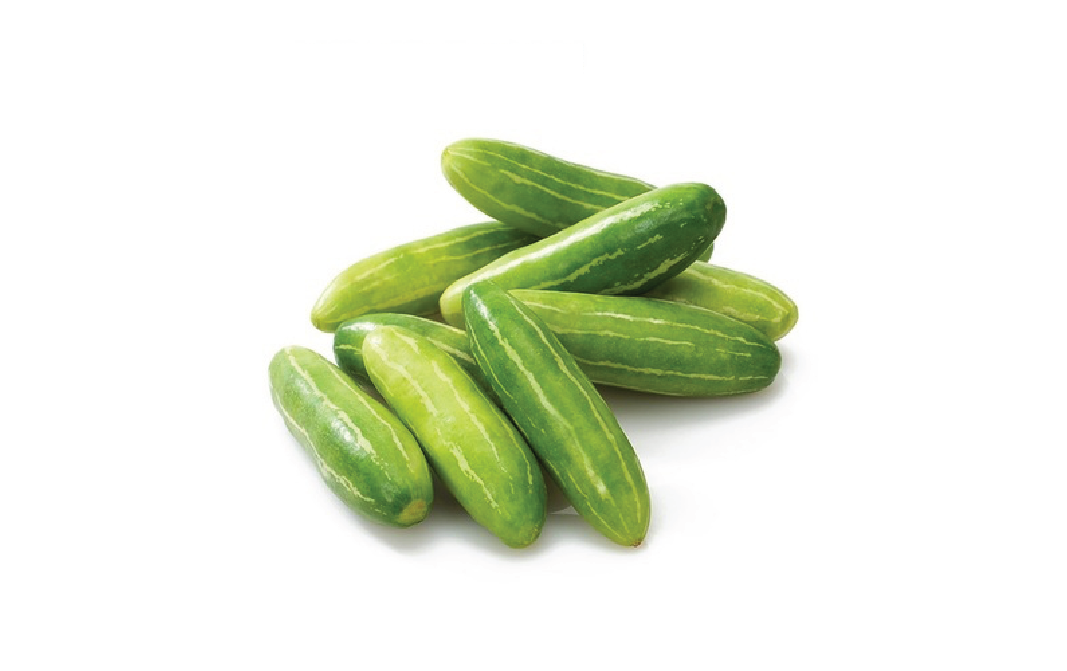


Look for young, smooth skinned, green ivy gourds as they are best for cooking. Avoid mature ivy gourds as they tend to be more sweet and will impart sweet flavour to savoury dishes.
Those with low blood sugar levels must not consumed ivy gourd as it may reduce blood sugar to extreme levels. It must not be consumed a couple weeks just before scheduled surgery as it may affect blood sugar levels. Those who are allergic to other members of the Cucurbitaceae family of vegetables, may be allergic to ivy gourd as well and it may cause allergy, inflammation or difficulty in breathing. (2)
- Disclaimer
"Information here is provided for discussion and educational purposes only. It is not intended as medical advice or product or ingredient review/rating. The information may not apply to you and before you use or take any action, you should contact the manufacturer, seller, medical, dietary, fitness or other professional. If you utilize any information provided here, you do so at your own risk and you waive any right against Culinary Communications Private Limited, its affiliates, officers, directors, employees or representatives.”
Description
Ivy gourd is a smooth, green colored, ovoid to ellipsoid shaped berry with longitudinal stripes when young and turn bright red when ripe. It primarily grows in tropical climates and is commonly found in the Southern Indian states. It has long elastic tendrils and palmate leaves with five lobes. Its inside reveals white, crispy flesh with some pale, flattened seeds 7 mm long. It is used both for food and medicinal purposes. Its leaves and fruit are used as a vegetable in India and other Asian countries.